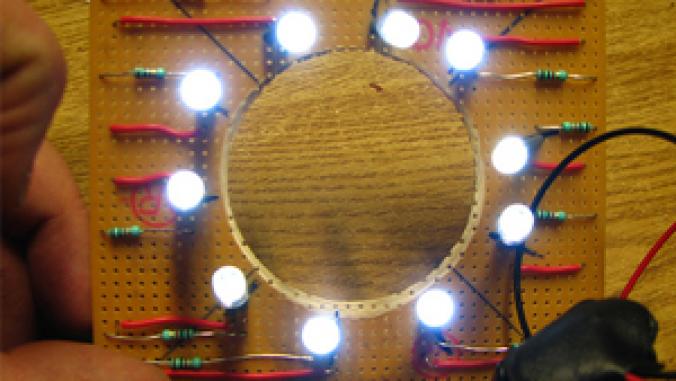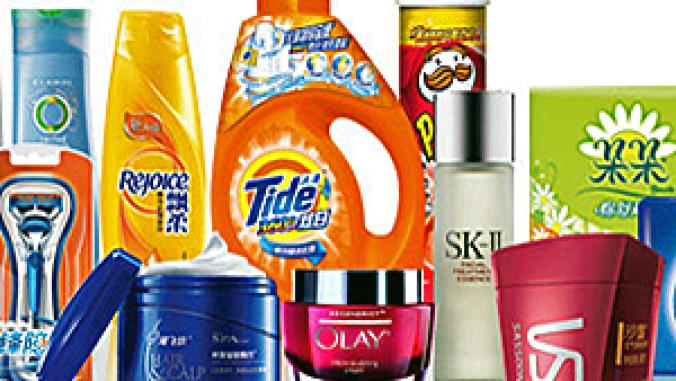New Study Finds Vinyl Plasticizers a Major Contaminant in Household Dust
Toxic chemicals common to home furnishings and electronic equipment have been found in household dust, according to a new study.
Toxic chemicals common to home furnishings and electronic equipment have been found in household dust, including chemicals internationally recognized as harmful or toxic to the immune and reproductive systems; babies and young children are particularly at risk from exposure. That is the finding of a new report, Sick of Dust: Chemicals in Common Products, which investigated six classes of chemicals in dust samples taken from 70 homes in seven states across the U.S. Among the chemicals documented in household dust are two -- phthalate plasticizers and organotin stabilizers -- that are ubiquitous in PVC vinyl building materials.
Over 90% of phthalates manufactured are used in PVC products, and have been documented as leaching from shower curtains and flooring. Animal studies have found phthalates disrupt reproductive systems, particularly in male offspring, and can contribute to male infertility. Phthalates have also been linked to asthma and respiratory problems in children.
Organotins, which are found in PVC water pipes, PVC food packaging materials, and many other consumer products, are poisonous in even small amounts, and can disrupt the hormone, reproductive, and immune systems.
In addition to the two chemicals commonly associated with PVC building materials, the report also found high concentrations of brominated flame retardants, which are incorporated into many plastics, including PVC, and electrical goods. Studies have revealed the breast milk of American women has 10 to 100 times higher concentration of PBDE, a type of flame retardant, than European women. According to Sick of Dust, a recent study indicates that levels of PBDE in Swedish breast milk began to decrease in 1997, possibly due to a voluntary phase-out of penta-DBE.
These findings add to the momentum of an anti-PVC movement which, according to a feature article in the Christian Science Monitor, is "picking up steam," and provide additional ammunition for the many commenters who took aim at the USGBC's draft PVC report ("Assessment of Technical Basis for a PVC-Related Materials Credit in LEED" (PDF)] that found "PVC does not emerge as a clear winner or loser."
The Sick of Dust report ranks brand name companies and retailers on their use of hazardous chemicals, and provides an outline of fundamental changes needed to bring American chemical regulation up to a level that will protect basic health today and in future generations. But the easiest way to eliminate phthalates and organotins from household dust is to eliminate PVC from the household.
Over 90% of phthalates manufactured are used in PVC products, and have been documented as leaching from shower curtains and flooring. Animal studies have found phthalates disrupt reproductive systems, particularly in male offspring, and can contribute to male infertility. Phthalates have also been linked to asthma and respiratory problems in children.
Organotins, which are found in PVC water pipes, PVC food packaging materials, and many other consumer products, are poisonous in even small amounts, and can disrupt the hormone, reproductive, and immune systems.
In addition to the two chemicals commonly associated with PVC building materials, the report also found high concentrations of brominated flame retardants, which are incorporated into many plastics, including PVC, and electrical goods. Studies have revealed the breast milk of American women has 10 to 100 times higher concentration of PBDE, a type of flame retardant, than European women. According to Sick of Dust, a recent study indicates that levels of PBDE in Swedish breast milk began to decrease in 1997, possibly due to a voluntary phase-out of penta-DBE.
These findings add to the momentum of an anti-PVC movement which, according to a feature article in the Christian Science Monitor, is "picking up steam," and provide additional ammunition for the many commenters who took aim at the USGBC's draft PVC report ("Assessment of Technical Basis for a PVC-Related Materials Credit in LEED" (PDF)] that found "PVC does not emerge as a clear winner or loser."
The Sick of Dust report ranks brand name companies and retailers on their use of hazardous chemicals, and provides an outline of fundamental changes needed to bring American chemical regulation up to a level that will protect basic health today and in future generations. But the easiest way to eliminate phthalates and organotins from household dust is to eliminate PVC from the household.




